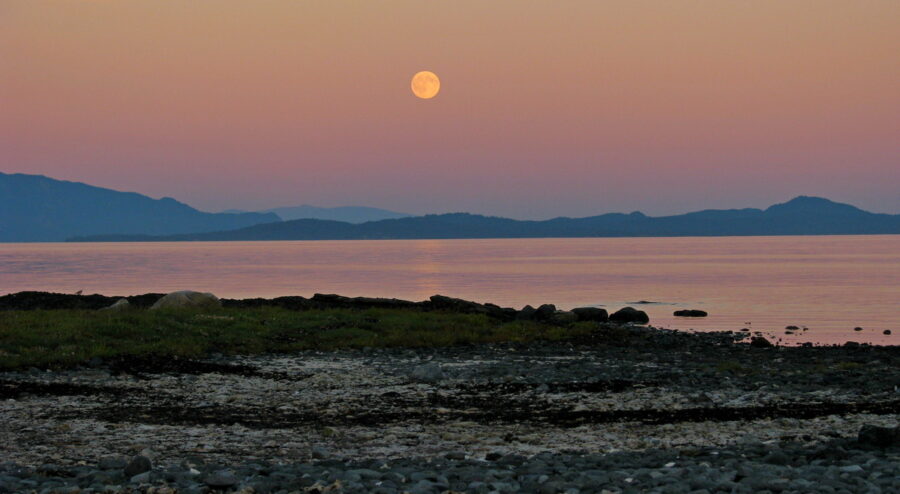The Shaping of Worlds - The Legacy of Alexander Von Humboldt

We may not always realize how individuals and movements throughout time have shaped how we view the world today. One example I recently learned about was in Andrea Wulf’s comprehensive book: The Invention of Nature: Alexander Von Humboldt’s New World. One individual from the late 17th century, a hurricane of energy and imagination, sparked the environmental movement by promoting the concept of the “web of life”. Humboldt was one of the first Europeans to believe that everything was interconnected and that humans were having a potentially irreversible effect on nature.
Humboldt was from a rich German family and had the means to pursue his goal which was primarily to explore new worlds and record scientific details about them to find out how everything was connected. He fervently believed in science – recording and measuring everything he observed as accurately as possible. He lugged all of Europe’s best instruments to South America where he spent months in the jungle, trying to figure out if the Orinoco River and the Amazon River converged (they do) and climbed a volcano Chimboraso (at the time, considered the highest peak in the world) in a blinding snowstorm, pulling out his instruments every few metres to record altitude, gravity, and humidity. His keen awareness led him to be a strong critic of colonialism and he was disgusted by the practice of slavery. He was the first one to talk about and record the relationship between human activity and nature – that for example, cutting down forests in one place caused flooding elsewhere. Later, after another expedition to Russia, he listed three ways in which the human species was affecting the climate: deforestation, ruthless irrigation and the “great masses of steam and gas produced in industrial centres”. These were entirely new concepts at the time.
Humboldt, who was a walking encyclopedia of natural knowledge, understood that underlying nature was a force of creation, that he tried to measure scientifically but which he also felt people could connect to emotionally. His writing was a mix of detailed scientific observation and rich descriptions of the landscape that made readers feel like they were exploring along with him.
To this day, so many things are named after him – countless towns and cities around the world, the Humboldt squid, Humboldt current and even a sea on the moon. He was so famous, considered at the time as the most famous man next to Napoleon, that there were even parades held in his name. However, after WWII, many German books were banned, which is perhaps why we don’t know about him today. However, he was a big influence on Charles Darwin (who said Humboldt was the reason he boarded the Beagle to sail across the world) and American naturalists such as Ralph Waldo Emerson and Henry David Thoreau. The naturalist, mountaineer and writer, John Muir was also greatly inspired by him, and in turn Muir advocated for the National Park Program in the U.S.
This world view, that everything is connected, was already common knowledge for Indigenous people all around the world who lived more directly with nature. However, Humboldt helped shape the European mindset, which after the Enlightenment, was geared towards rational thought and the belief that “humans were the lords and possessors of nature” (Descartes). I can’t imagine the total destruction that may have happened if we continued just to see nature as existing as a place to plunder resources, not having importance and meaning on its own. In his international bestseller, “Cosmos” Humboldt wrote that “nature is a living whole, not a dead aggregate”.
Humboldt and Thoreau and Muir after him, had become convinced that in order to understand nature, one’s feelings were as important as scientific discovery. These views have in turn influenced countless artists; including Lawren Harris, Emily Carr and other Group of Seven painters who looked for the transcendent in the landscape. A quote from Harris is, “no man can roam or inhabit the Canadian North without it affecting him, and the artist, because of his constant habit of awareness and his discipline in expression, is perhaps more understanding of its moods and spirit than others are”.
Art and ideas evolve over time by people sharing, expanding and interpreting the ideas of others. How we perceive the world today is shaped by this evolution. My own artist statement says I am “painting scenes that cause the viewer to consider how nature and our inner worlds are connected”. This thought doesn’t just come from me, but from a long legacy of philosophers, dreamers, naturalists, artists, scientists and environmentalists etc… However, way back in the 17th century, Humboldt with his immense energy, insatiable curiosity, astute observations and unique outlook, probably speeded up this process by many years. He was a huge source of inspiration for countless others – like a single plant that produces thousands of seeds.
The most dangerous worldviews are the worldviews of those who have never viewed the world.
― Alexander von Humboldt
Above image: Full moon viewed from Hornby Island, B.C.

